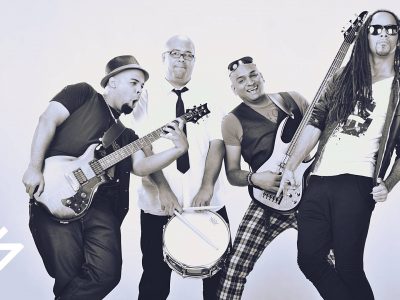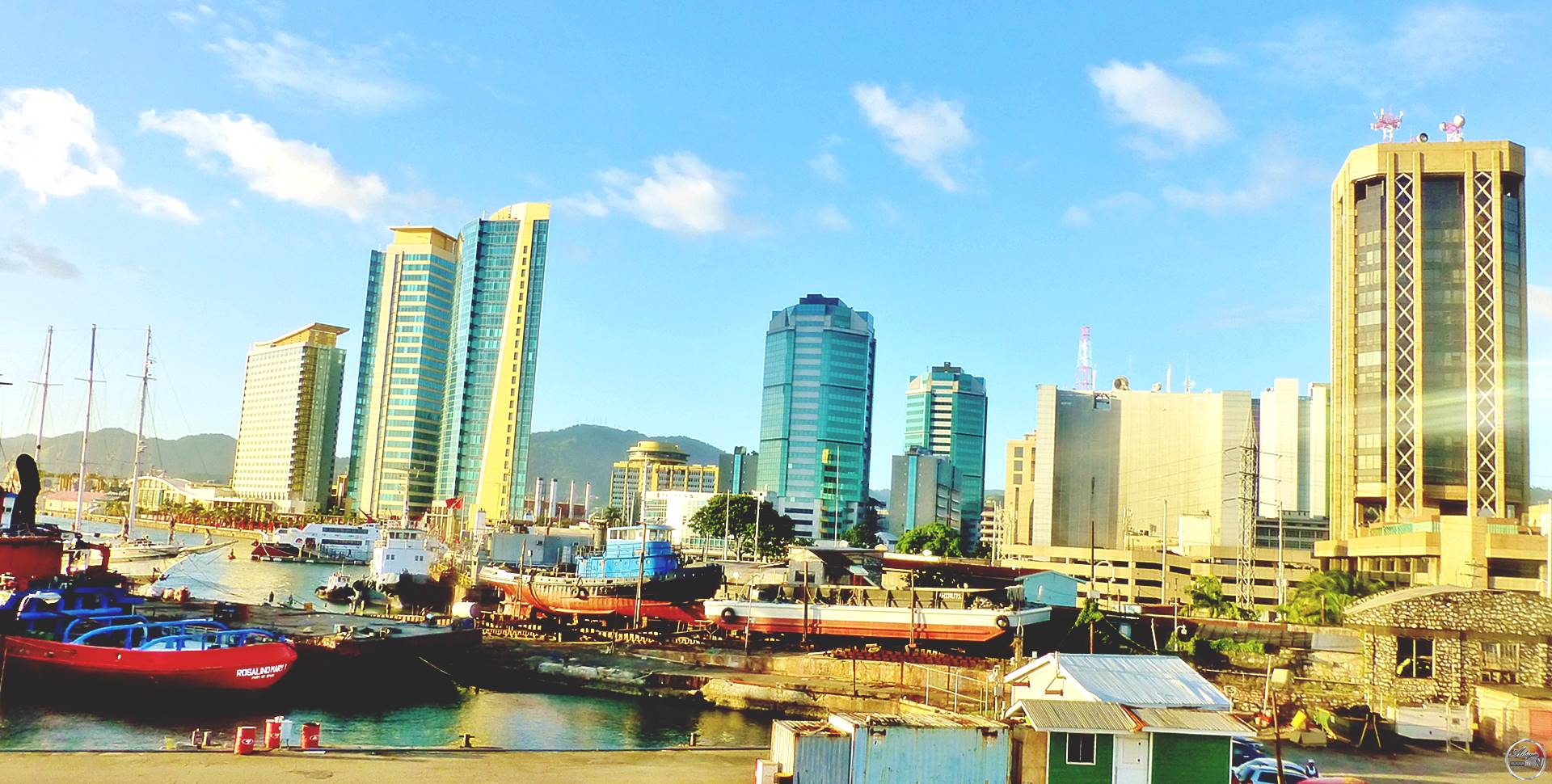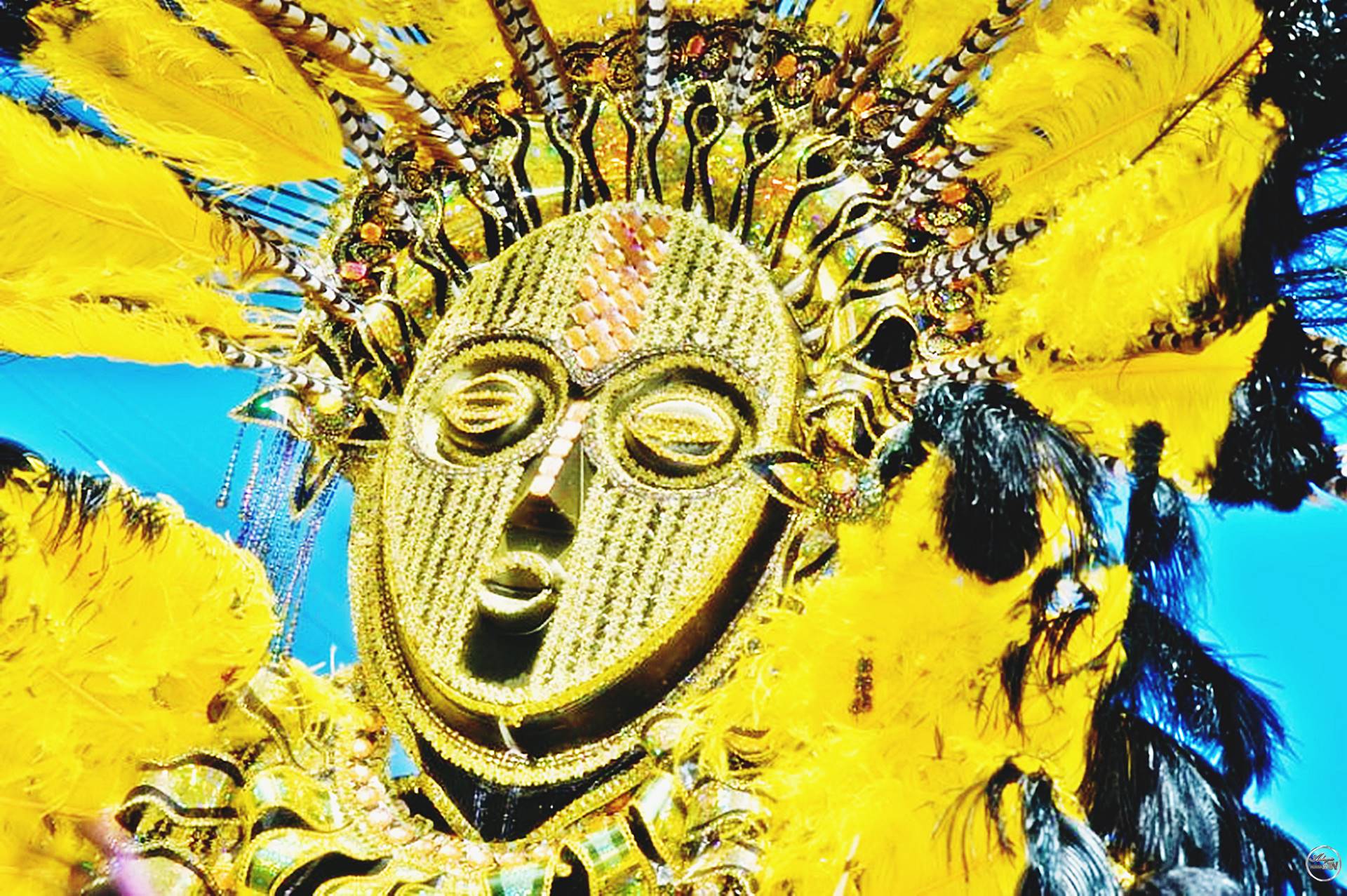Category: trinidad-and-tobago
Trinidad and Tobago – officially the Republic of Trinidad and Tobago, is a twin island sovereign state that is the southernmost nation in the Caribbean. It is situated 130 kilometres -81 miles- south of Grenada off the northern edge of the South American mainland, 11 kilometres -6.8 miles- off the coast of northeastern Venezuela. It shares maritime boundaries with Barbados to the northeast, Grenada to the northwest, Guyana to the southeast, and Venezuela to the south and west.
The island of Trinidad was a Spanish colony from the arrival of Christopher Columbus in 1498 until Spanish governor Don José María Chacón surrendered the island to a British fleet under the command of Sir Ralph Abercromby in 1797.
During the same period, the island of Tobago changed hands among Spanish, British, French, Dutch and Courlander colonizers more times than any other island in the Caribbean. Trinidad and Tobago were ceded to Britain in 1802 under the Treaty of Amiens as separate states and unified in 1889. Trinidad and Tobago obtained independence in 1962 and became a republic in 1976. As of 2015, Trinidad and Tobago had the third highest GDP per capita based on purchasing power parity -PPP- in the Americas after the United States and Canada. It is recognised by the World Bank as a high-income economy. Unlike most of the English-speaking Caribbean, the country’s economy is primarily industrial with an emphasis on petroleum and petrochemicals. The country’s wealth is attributed to its large reserves and exploitation of oil and natural gas. Trinidad and Tobago is known for its Carnival celebration and as the birthplace of steelpan drums, the limbo, and music styles such as calypso, soca, parang, chutney, cariso, extempo, kaiso, pichakaree, and rapso. It is also famous for its Indo-Caribbean cuisine, such as a curry chickpea flatbread sandwich known as doubles.
Большинство -96 % из 1,065 млн жителей на 2006 год[ Тринидада и Тобаго проживают на острове Тринидад. Почти все из остальных 4 % живут на острове Тобаго. В течение XX века население страны неизменно росло, однако на настоящий момент наблюдается снижение численности населения на 0,87 % в год. Это объясняется не столько низкой рождаемостью, сколько высоким уровнем эмиграции. Столица страны Порт-оф-Спейн является только четвёртым по численности населения городом -49 000 в 2000г., уступая городам Чагуанас -67 400 в 2000г., Сан-Фернандо -62 000 в 2002г., Сан-Хуан -54 900 в 2004г. Этнический состав населения весьма разнообразен.
Примерно по 40 % составляют афро- и индотринидадцы, потомки рабов и наёмных рабочих. Оставшиеся 20 % -креолы, а также тринидадцы европейского, китайского и арабского происхождения.
К национальным меньшинствам относятся португальцы, карибы и «кокоа-паньол» -англ. Cocoa Panyol – этническая группа, ведущая своё происхождение от первых испанских поселенцев и иммигрантов из Венесуэлы. Единственный официальный язык – английский, но достаточно широко распространён индоарийский язык бходжпури, на котором говорят многие индотринидадцы. В разговорной речи, в основном, используется тринидадский креольский язык на основе английского.

Kes

5 Star Akil




